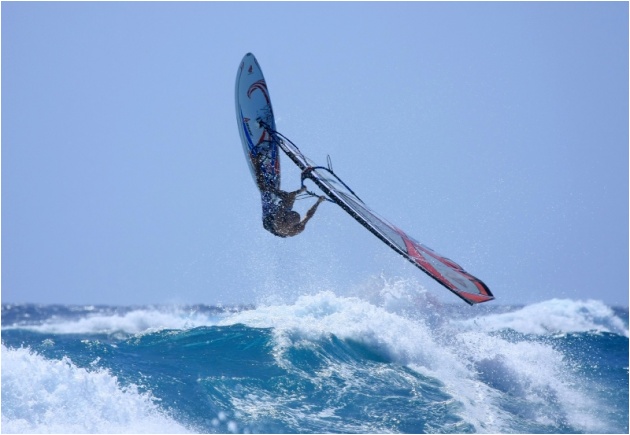

As soon as we had docked we met the Governor, then the usual pictures and then we had to pass through a platoon or so of girl scouts who saluted and then pounced upon us and pinned little bouquets on our lapels. Well, when we came in you could see every one of the 16,000 inhabitants dressed in their best bib and tucker lined up. The Governor is a Navy captain who has as his staff a colonel of the marines and about ten officers. The native population is about 16,000 with 1,000 whites.

Guam is a closed port and outside of half a dozen or so Navy ships and a cable ship or two, no ship ever comes here. The entire island had turned out to greet us. Lodeesen evinced the sort of outgoing interest in the lives and cultures of other nations that would characterize Pan American Airways’ people throughout the decades:Īnd then Guam! What a reception we had. The sun once more came out and all the rest of the way we hardly hit a bump. Well everything comes to an end and so it was with this storm. Harry (Canaday) moaned about the hot bran muffins his wife used to serve for breakfast, in fact, every time thereafter when I mentioned of bran muffins his face would light up in a big smile. Vic (Wright), the engineer, agreed that the mere sight or the cockpit made him sick he would gladly substitute the behind of a mule for a compass and a plow handle for throttle. What a soft job that used to be, only get up at five and work twelve hours a day. He wanted to know why in heck he ever left the farm. Yet, to the outsider it appears that we are really through with flying and hate flying more that anything else. It seems to relieve ones feelings and it is really perfectly harmless. It is when we feel like this that we bolster up our spirits by cussing and crabbing about everything especially flying.

We are all rather sullen from lack of sleep and this does not improve our spirits very much. The cockpit of course leaked on all sides. And talk about rain you could not even see the wingtips. The plane rose and fell 2000 feet at a time. We were really trying to get above all this muck but cannot climb fast enough. Soon out of Midway we passed through a heavy storm at 9,000 feet. There’s too much to include in total, but here’s a bit: Most of his observations are about the flying, which provides a rare glimpse into a moment otherwise lost in time. He managed to keep a diary during the 13,000-mile round-trip flight to Guam and back. Young Marius Lodeesen, who would become one of Pan American’s illustrious flying boat captains himself before long, flew as the flight’s second officer. It was up to veteran pilot Rod Sullivan, who had commanded the previous trip to Wake to do it again on this penultimate Pacific pioneering flight. East Coast, managing the delivery and shake-down of the new Martin M-130 China Clipper. Now in October 1935 it was time to fly to Guam. In turn, they reached Midway and Wake Islands. In the following months, the flying boat, captained by Pan Am’s senior pilot Edwin Musick, lengthened the surveyed route by one more island in each subsequent flight. That was the start of the stepping-stone conquest of the vast Pacific. It had been six months since the stripped down S-42 NC823M, formerly the “West Indies Clipper” now renamed the “Pan American Clipper,” had first made the crossing from the California coast to Hawaii. The Pan American Clipper arrives in Guam, October 13th, 1935


 0 kommentar(er)
0 kommentar(er)
